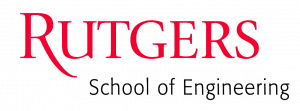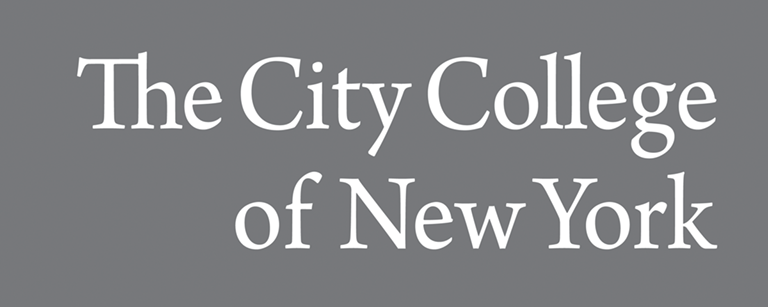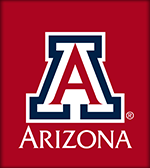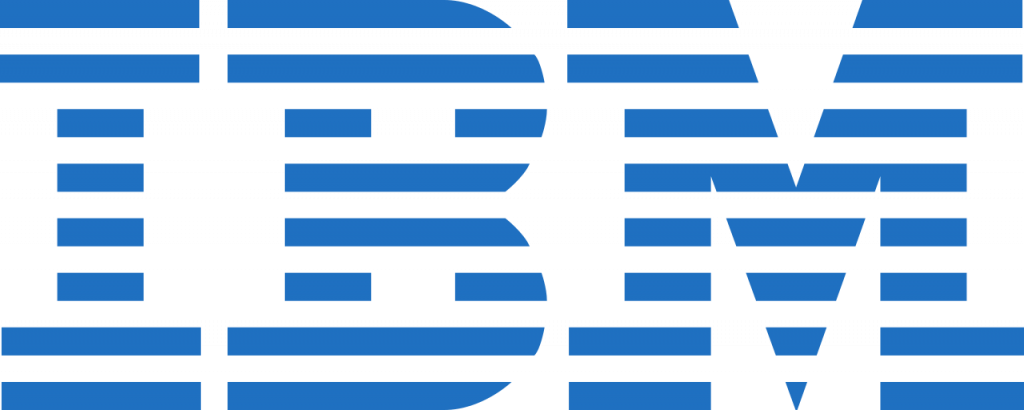COSMOS
Cloud Enhanced Open Software Defined Mobile Wireless Testbed for City-Scale Deployment
The COSMOS project is aimed at design, development, and deployment of a city-scale advanced wireless testbed in order to support real-world experimentation on next-generation wireless technologies and applications.
DEPLOYMENT
OUTREACH
A main goal of the COSMOS project is to transform the testbed-generated research into an innovative learning platform for K-12 students, in New York City and particularly in West Harlem.
TECHNOLOGY
Radio nodes in COSMOS provide a mix of fully programmable SDRs for flexible wireless experimentation as well as commercial hardware capable of supporting networking and applications research with currently available end-user devices
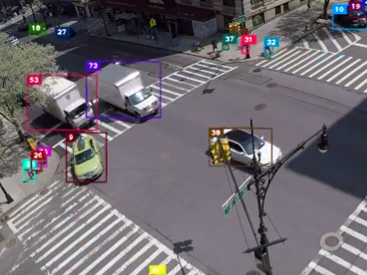
EXPERIMENTATION
The testbed is intended to enable several new classes of wireless experiments not currently supported by testbeds available to the research community. The “sweet spot” for experimenters is ultra-high access bandwidth coupled with low latency mobile networks and edge cloud services, an attractive target that could enable a new class of applications such as AR/VR for mobile users or cloud-assisted connected cars.
NEWS
A MediaTek funded project to use the COSMOS testbed
In the not-so-distant future, many cities will be powered by AI, with smart sensors, cameras, and mobile phones continuously analyzing
Columbia Physics and Engineering Team Partner with Stony Brook University in the National Quantum Virtual Laboratory Program
The project builds on a $150K seed grant “Connecting Columbia into the New York Area Quantum Network” awarded to Will
Educator Brooke Williams Is Helping Harlem Youth Build Self-Efficacy Through STEM Education
From left to right: Educators Parmanand Mohanlall, Jason Econome, Juditha Damiao, Iulian Irimina, Sharon Bottu, Martina Choi, Cherrilyn Badilla, Brooke
Research Team Showcases AI-based Urban Traffic Applications at CVPR 2024
Professors Zoran Kostic, Gil Zussman, Javad Ghaderi, and their students share their latest findings at the Computer Vision and Pattern
NYC Teachers in COSMOS-NewLAW-CS3 Summer Program recognized at National Conference
Teachers shared their experience using the COSMOS Education Toolkit with students to run experiments on the NSF testbed in West
Columbia Ph.D. Students Win CS3 Accelerator Award for Innovative Security Solutions
Columbia University’s Department of Electrical Engineering proudly celebrates the achievements of Ph.D. students Mahshid Ghasemi (advised by Prof. Gil Zussman and Prof.
COSMOS Joins NTIA Consortium to Lead the Next Generation of Wireless Network Innovation
As the wireless revolution continues to deliver higher networking speeds, more consistent connections, and increased capacity, the need for seamless
FUNDED BY
COSMOS is part of the National Science Foundation’s PAWR program and is funded in part by NSF award CNS-1827923 and by the PAWR Industry Consortium.

